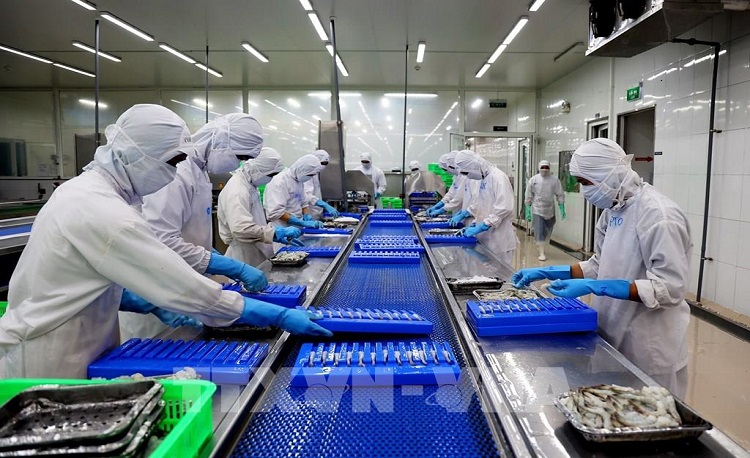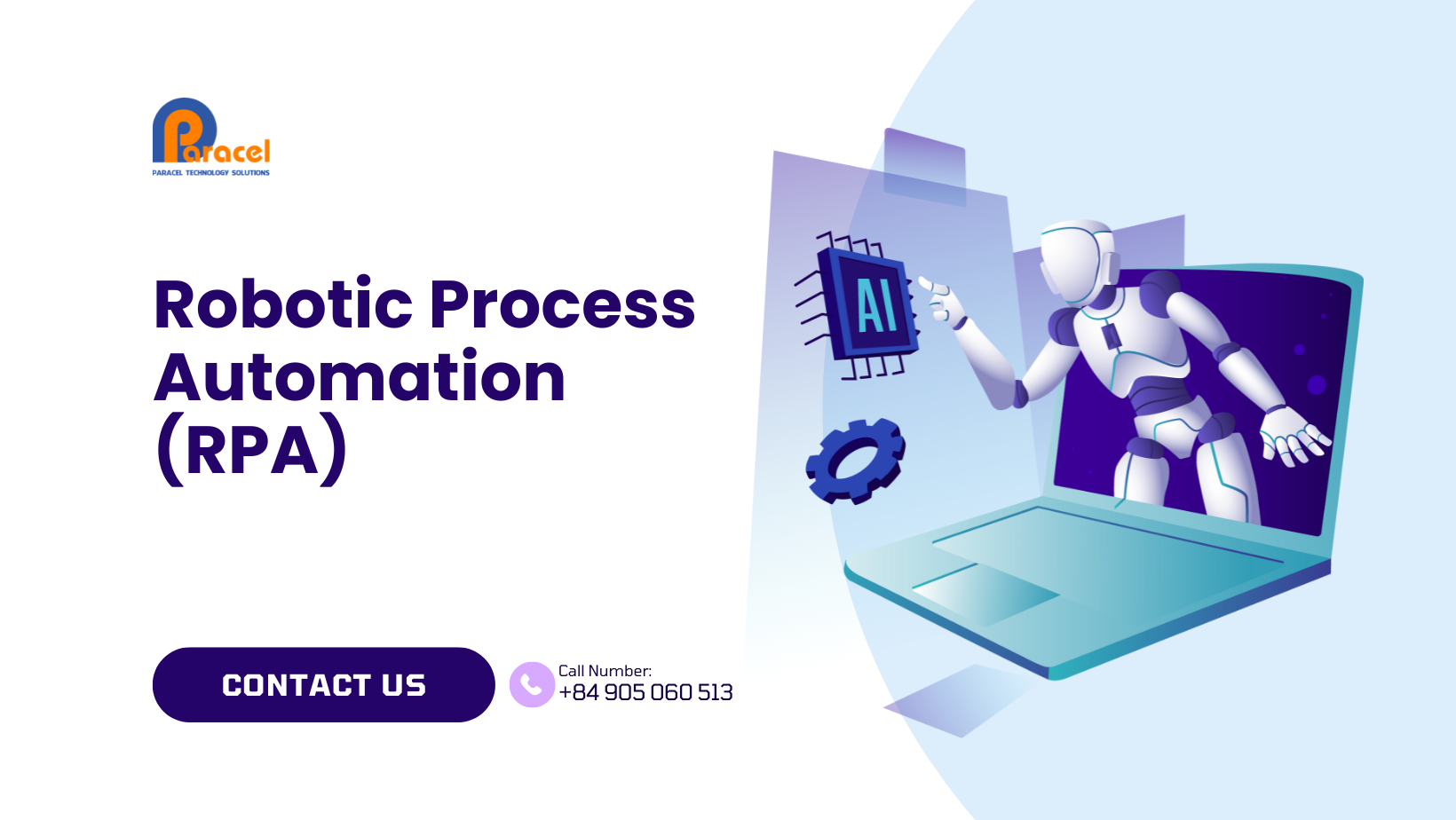2024 Tech and IT Highlights: Growth, Challenges, and Breakthroughs
As 2024 draws to a close, it is evident that this year has been transformative for the tech and IT sectors. From expected significant policy shifts under President-Elect Trump’s incoming administration to groundbreaking advancements and critical challenges in artificial intelligence, cybersecurity, workforce dynamics, and cloud computing, the industry has navigated both remarkable achievements and sobering realities.
These developments are set to profoundly influence the trajectory of technology and innovation in the years ahead.
1. The AI Reckoning
The year began with unbridled optimism around AI. Generative AI dominated headlines as organizations raced to integrate these technologies into workflows, promising to revolutionize industries from healthcare to finance. Companies explored AI-driven solutions for automation, customer engagement, and decision-making, fueling a wave of investment and enthusiasm.
However, by midyear, skepticism tempered the fervor. Tech leaders including Elon Musk, Dario Amodei, Mark Zuckerberg, Sundar Pichai, and Sam Altman raised alarms over the reliability of AI models, ethical dilemmas, and the economic sustainability of AI-based business models. Industry warnings about AI posing a “risk of extinction” highlighted growing concerns. The integration of AI often fell short of lofty expectations, hindered by challenges such as algorithmic bias, hallucinations, and the escalating costs of data and computational resources.

Meanwhile, AI’s dual-edged potential in cybersecurity has become increasingly apparent. On one hand, it was celebrated as a powerful tool for detecting and mitigating threats with unprecedented speed. On the other hand, malicious actors weaponized AI for sophisticated cyberattacks, automating phishing campaigns and identifying vulnerabilities on an unprecedented scale. With ChatGPT celebrating its second anniversary this past weekend, these developments highlighted the pressing need for strategic, regulated, and balanced approaches to AI adoption to ensure its transformative potential is harnessed responsibly.
2. Cybersecurity Under Siege
Cybersecurity reached a crisis point in 2024, with high-profile attacks eroding confidence in both the public and private sectors. In August, a cyberattack on Seattle-Tacoma International Airport exposed the fragility of critical infrastructure, causing operational disruptions that reverberated across industries and underscoring the urgent need for stronger defenses.
In July, widespread outages stemming from a failed patch update at CrowdStrike, a leading name in cybersecurity, shocked the industry. This incident revealed vulnerabilities in patch management processes and served as a stark reminder of the importance of robust disaster recovery planning. The fallout spurred companies to reassess their strategies for mitigating operational risks tied to vendor dependencies.
Amid these challenges, compliance frameworks like CMMC 2.0 gained traction, becoming the de facto standard for organizations conducting business with the government starting in December 2024. This updated framework represents a shift from traditional checkbox compliance to proactive, threat-aligned defense strategies. As the deadline approached, organizations began embracing these measures as essential not only for regulatory adherence but also for safeguarding against increasingly sophisticated cyber threats.
3. Policy And Regulation: Anticipating A New Era Under Trump

As President-Elect Donald Trump prepares to take office on January 20, 2025, speculation is mounting about significant regulatory shifts that could impact the tech industry.
His incoming administration is expected to prioritize efforts to curtail the dominance of Big Tech monopolies, signaling a renewed focus on fostering competition and addressing antitrust concerns.
The Cybersecurity and Infrastructure Security Agency is undergoing a leadership transition following the departure of Jen Easterly, raising questions about the future direction of cybersecurity strategy in the public sector. Early indications suggest that the administration may streamline the mission of CISA, and relax AI regulations to encourage innovation while balancing concerns about national security.
Prominent industry figures such as Elon Musk and Vivek Ramaswamy are advocating for government efficiency initiatives, leveraging technologies like automation and blockchain to streamline public-sector operations. These efforts could push the boundaries of traditional strategies and potentially reshape how technology is integrated into government functions.
4. The Cloud’s Moment Of Truth
Cloud computing, a pillar of modern technology, experienced both growth and growing pains in 2024. The Broadcom-VMware acquisition in April was a landmark deal, signaling consolidation in the managed services and virtualization markets. It raised questions about how such consolidations would reshape innovation and pricing in the cloud space.
However, the resilience of cloud services came under scrutiny during the major outages at Microsoft and AWS in July. These disruptions laid bare the risks of over-reliance on cloud providers, reigniting discussions on multi-cloud strategies and edge computing as alternatives to centralization. As businesses increasingly depend on cloud infrastructure, 2024 underscored the importance of diversified and resilient architecture that spans private, public, and edge cloud infrastructures.
5. The Tech Layoff Surge: A Reset In Progress
The tech sector faced a reckoning as a wave of layoffs swept through the industry during the summer months. Driven by post-pandemic correction, inflationary pressures, and the rapid integration of automation, companies across sectors reevaluated workforce needs.
This “Great Tech Reset” highlighted the vulnerabilities of cyclical technological employment. Entire departments were restructured, and many professionals searched for new opportunities. Yet, this upheaval period also highlighted the importance of transferable skillsets, with many displaced workers transitioning into roles in healthcare, energy, data centers, tech consulting, software, and other related industries. The reset is expected to pave the way for a more streamlined, resilient industry as companies recalibrate their priorities.
6. AI’s Impact On Data Center Availability
In 2024, the rapid adoption of AI-driven workloads significantly impacted data center availability. According to JLL’s Data Centers 2024 Global Outlook, the growing demands of AI are expected to drive data center storage capacity from 10.1 zettabytes in 2023 to 21.0 ZB by 2027, reflecting a compound annual growth rate of 18.5%. This surge in demand has led to historically low vacancy rates in major markets. For instance, CBRE reported that North American data center vacancy rates hit new lows across major markets, with Chicago’s vacancy rate decreasing to 2.4% from 6.7%, and Northern Virginia’s dropping to 0.9% from 1.8%, despite an 18% increase in inventory. The unprecedented demand for data center capacity has strained existing facilities, driving up costs and intensifying competition for limited resources.
This trend underscores the critical need for innovation in data center design and energy efficiency. Companies are investing heavily in advanced cooling technologies, renewable energy solutions, and edge computing to mitigate the impact of AI-driven demand. While AI’s transformative potential is widely recognized, the pressure it places on infrastructure highlights the importance of sustainable strategies to balance growth with resilience in the tech ecosystem.
Source: Forbes
Xem thêm:




